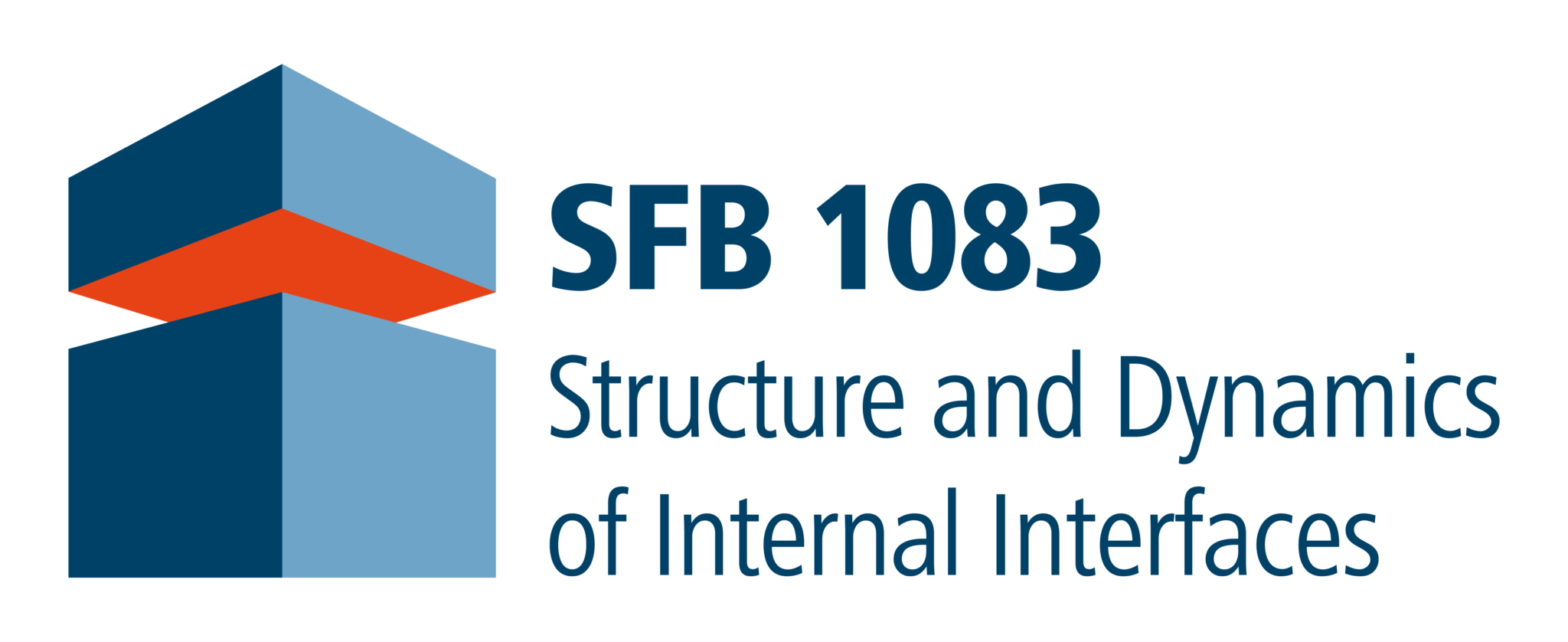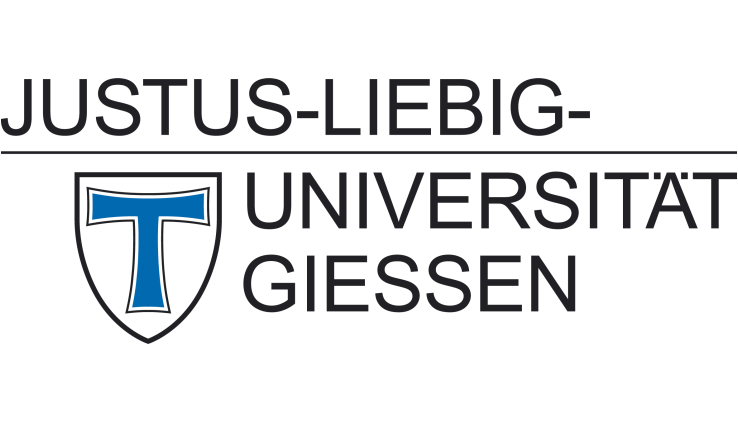German Science and Humanities Council recommends research building for materials sciences
A research building together with a modern transmission electron microscope will be established on the Lahnberge campus of Philipps-University Marburg

Dr. Andreas Beyer, a researcher in SFB 1083, operates a Transmission Electron Microscope, which provides important insights in the development of new materials.
On the Lahnberge Campus, a new research building for a transmission electron microscope for the investigation of novel materials will be established. The German Science and Humanities Council gave its recommendation for the project, which is called ATEMMA (Advanced Transmission Electron Microscopy, Marburg). ATEMMA comprises a volume of 10 Mio €. This is divided into 4 Mio € for the building itself as well as 6 Mio € for the new (S)TEM.
ATEMMA strengthens the focus on material sciences and especially on interfaces at the Philipps-University Marburg and paves the way for high-quality research, e.g., on new materials used for communication and energy technologies, as these represent extremely important topics in our today’s society. The new research lab combines structural characterization with the development of new methods. This combination will boost the research on novel materials also with respect to device applications.
ATEMMA will be used jointly by different groups from physics, chemistry and material sciences distributed over the Philipps-University Marburg as well as Justus-Liebig-University Giessen and the Forschungscampus Mittelhessen. Several of the groups are also part of the SFB 1083, highlighting the importance of interface-related research for ATEMMA.
For further information, please see the press release by the Philipps-Universität Marburg (in German).
Update (12.07.2022): ATEMMA was now officially granted and is scheduled to go into operation in 2026. Again, please see the press release by the Philipps-Universität Marburg for further infromation (in German).
Contact
Prof. Dr. Kerstin Volz
Department of Physics and Materials Science Center
Philipps-Universität Marburg
Tel.: 06421 28-22297
EMAIL



 Dr. Gerson Mette studied physics at the Philipps-University Marburg and finished his PhD in the group of Prof. Höfer in 2012. After working as a postdoc at the University of Zurich for two years, he went back to Marburg and became a research associate in 2015 while simultaneously joining the SFB 1083 as a young researcher and co-PI of project B5.
Dr. Gerson Mette studied physics at the Philipps-University Marburg and finished his PhD in the group of Prof. Höfer in 2012. After working as a postdoc at the University of Zurich for two years, he went back to Marburg and became a research associate in 2015 while simultaneously joining the SFB 1083 as a young researcher and co-PI of project B5.






